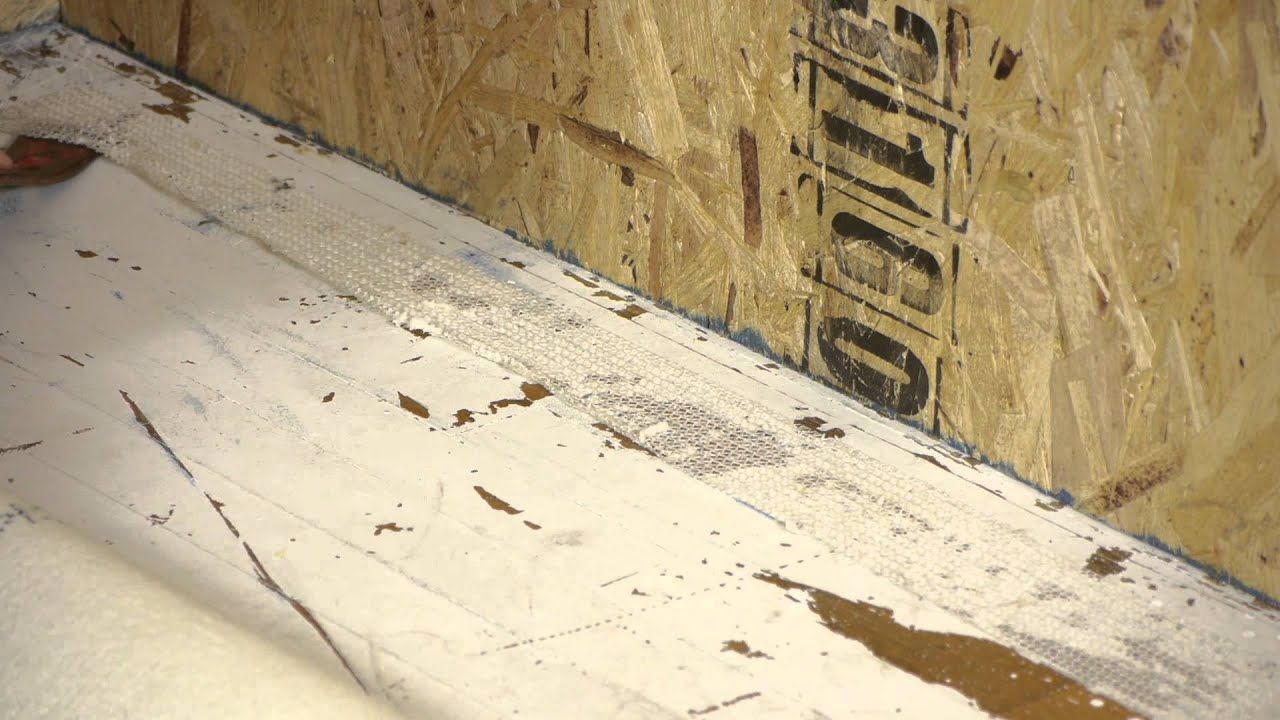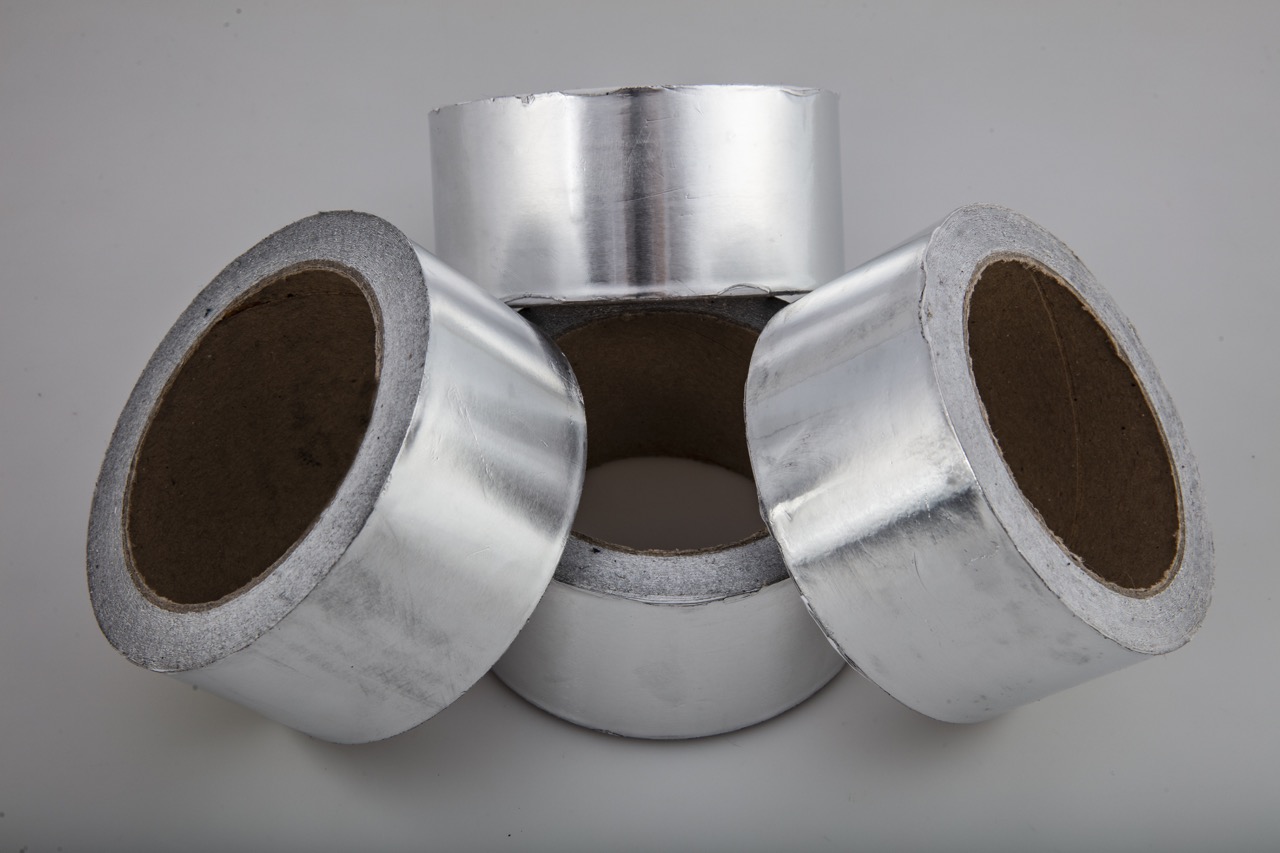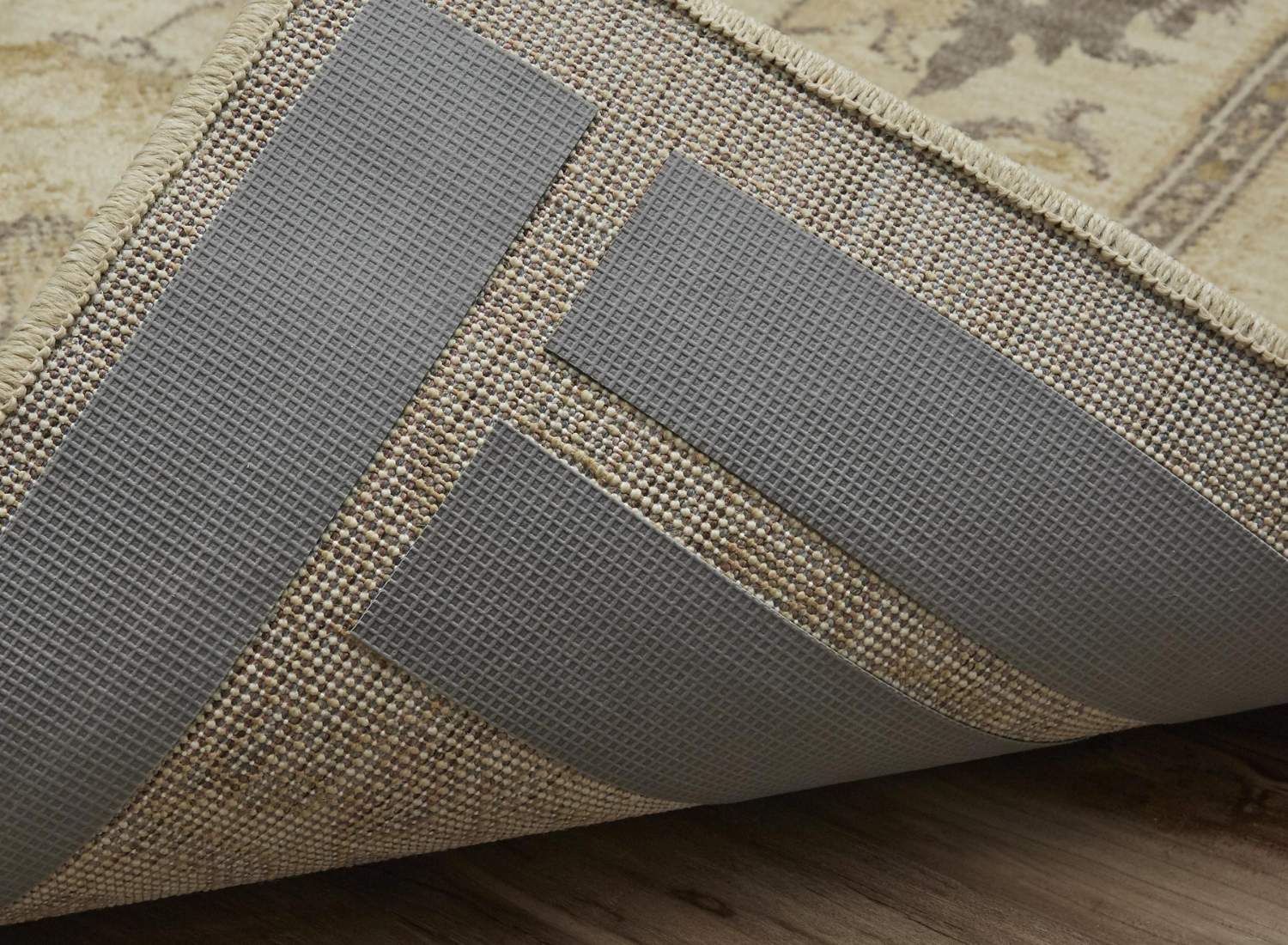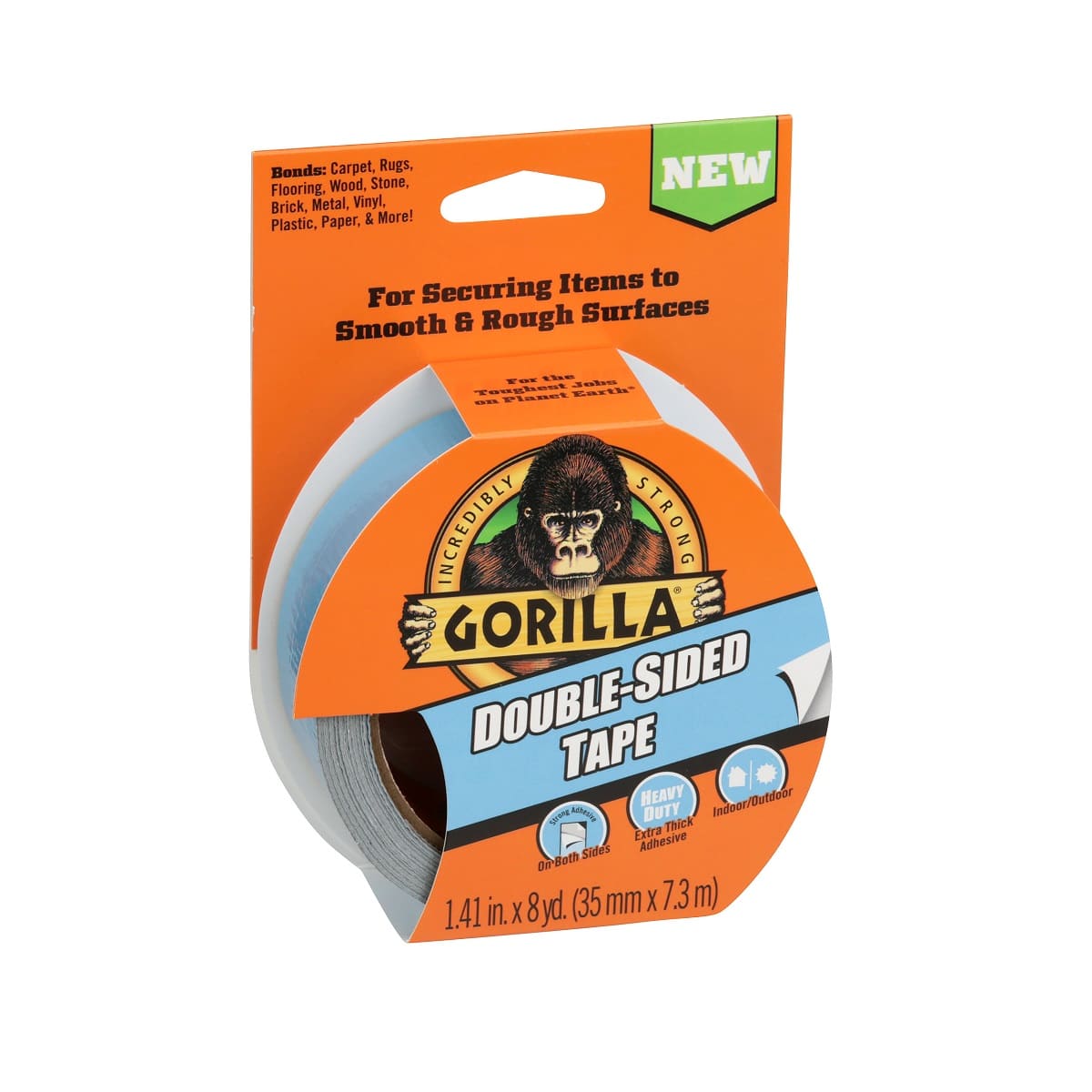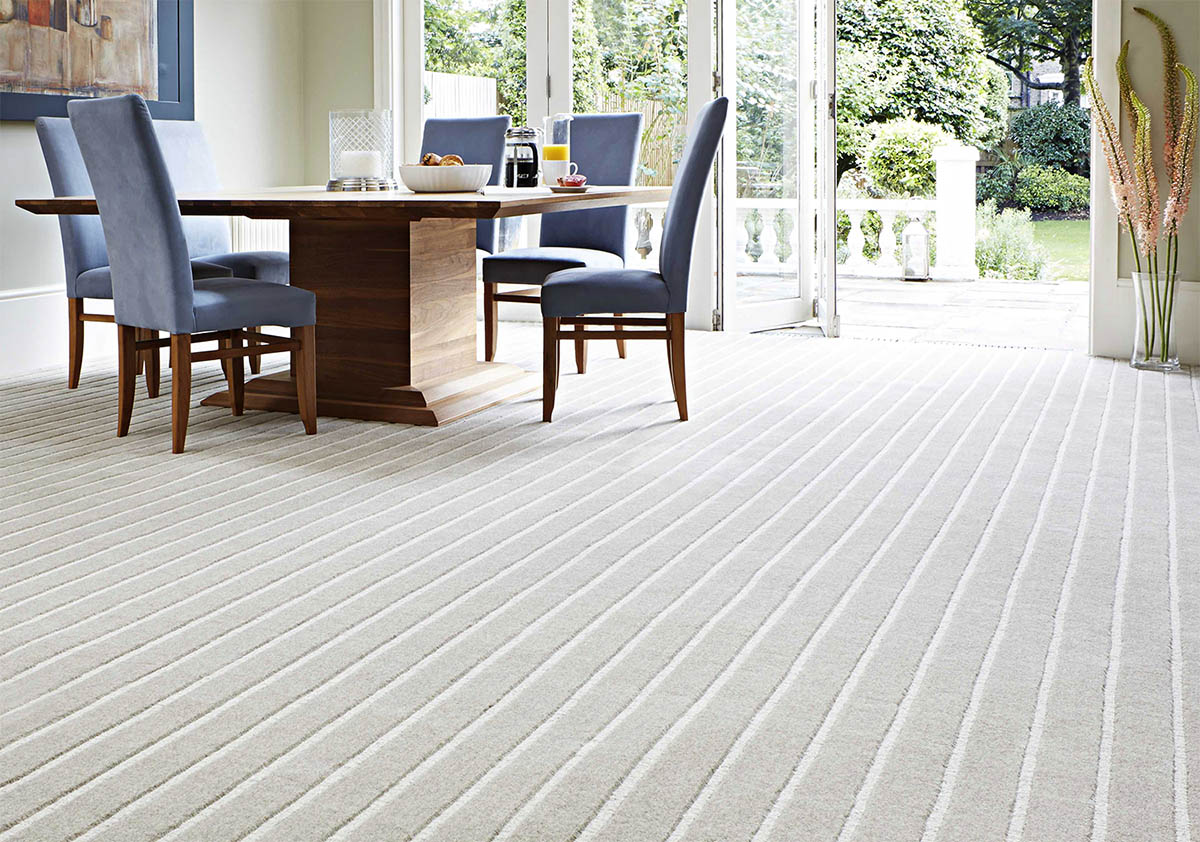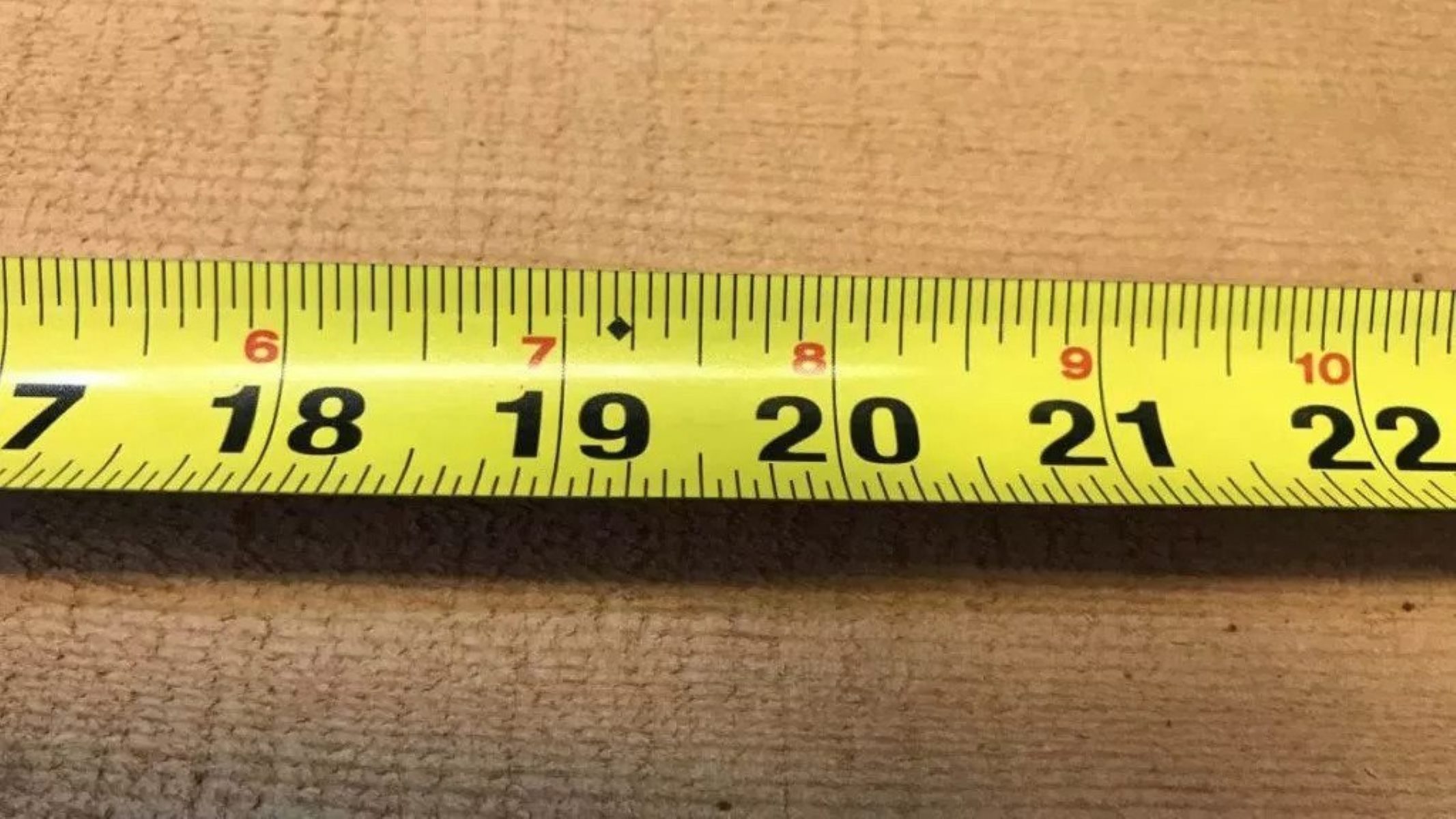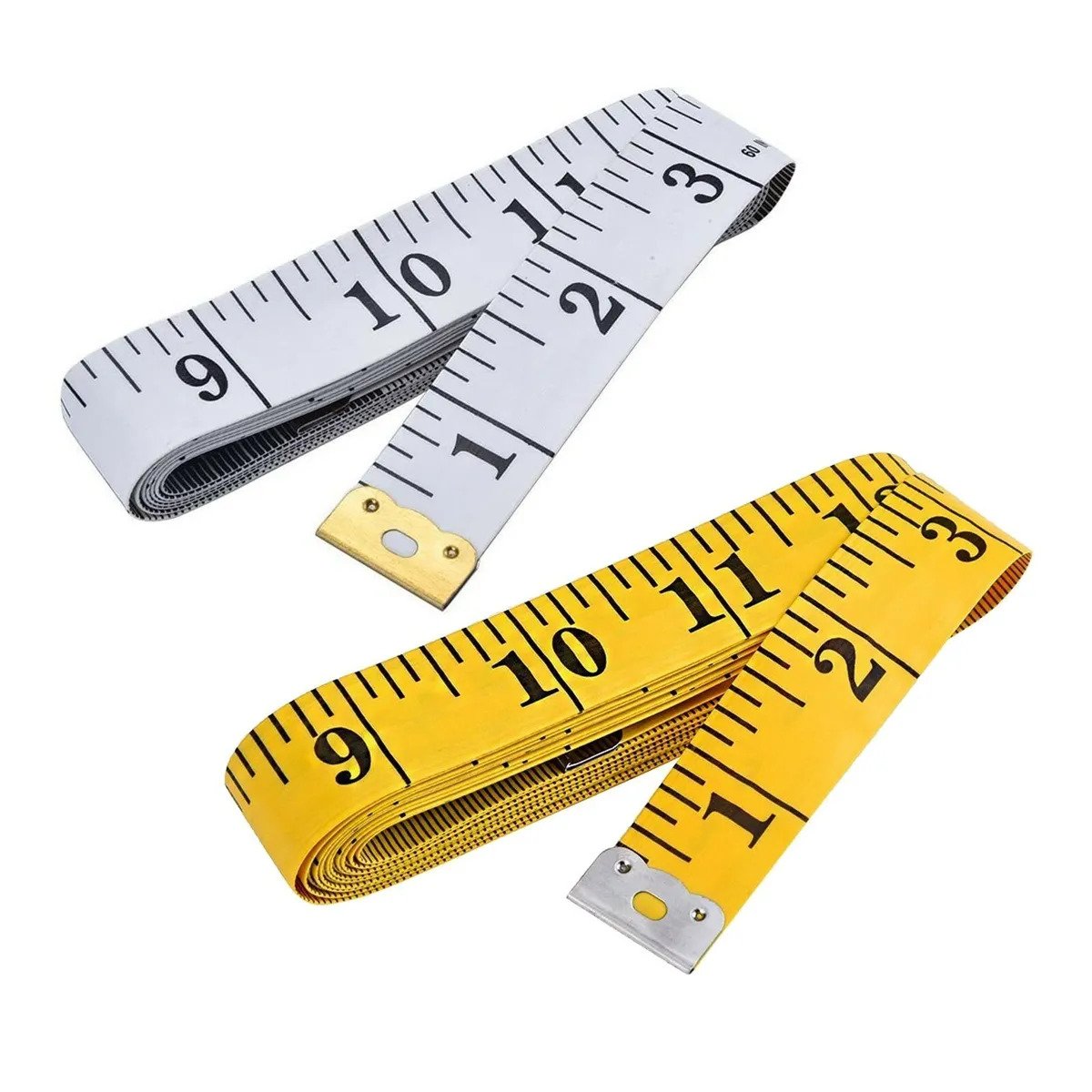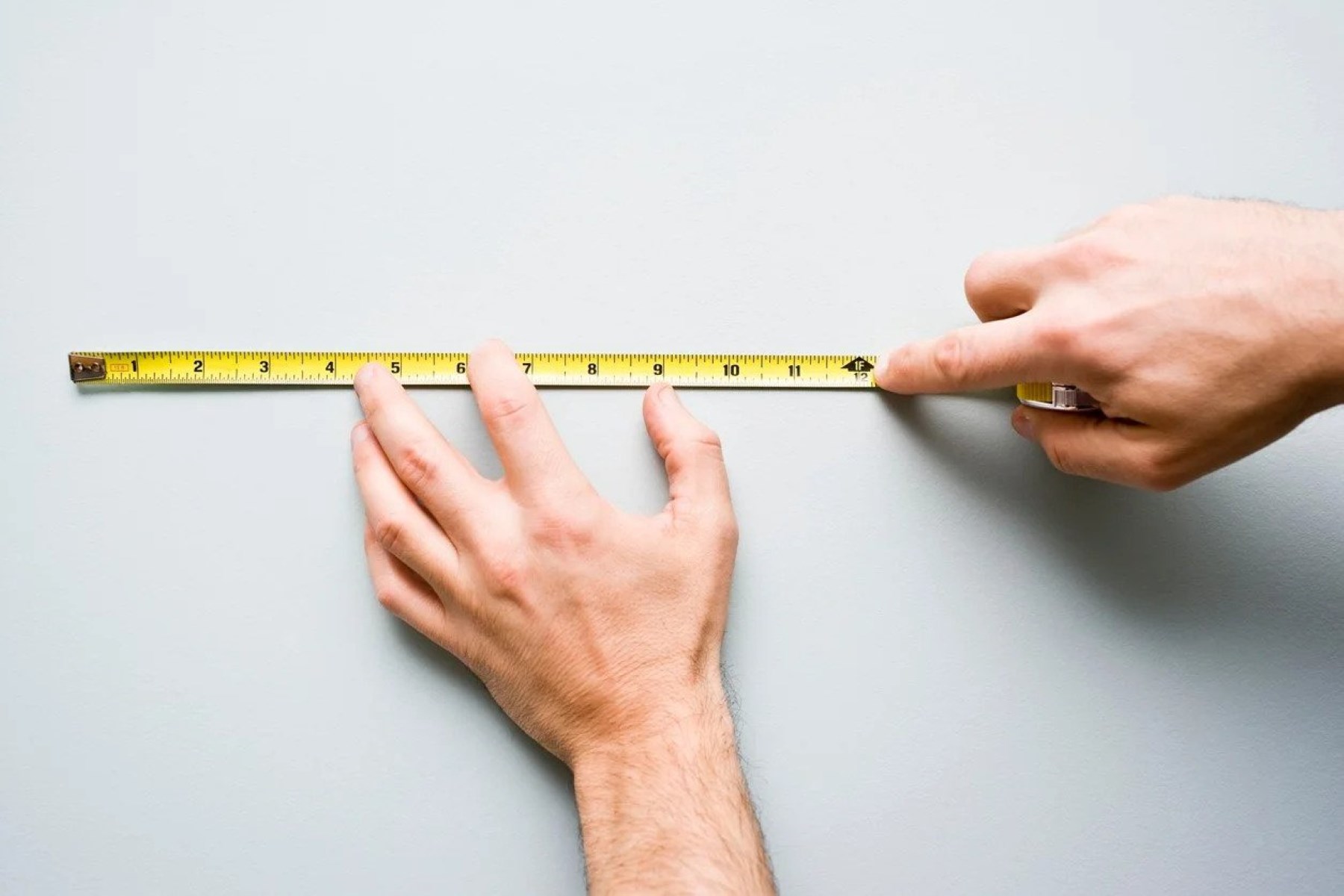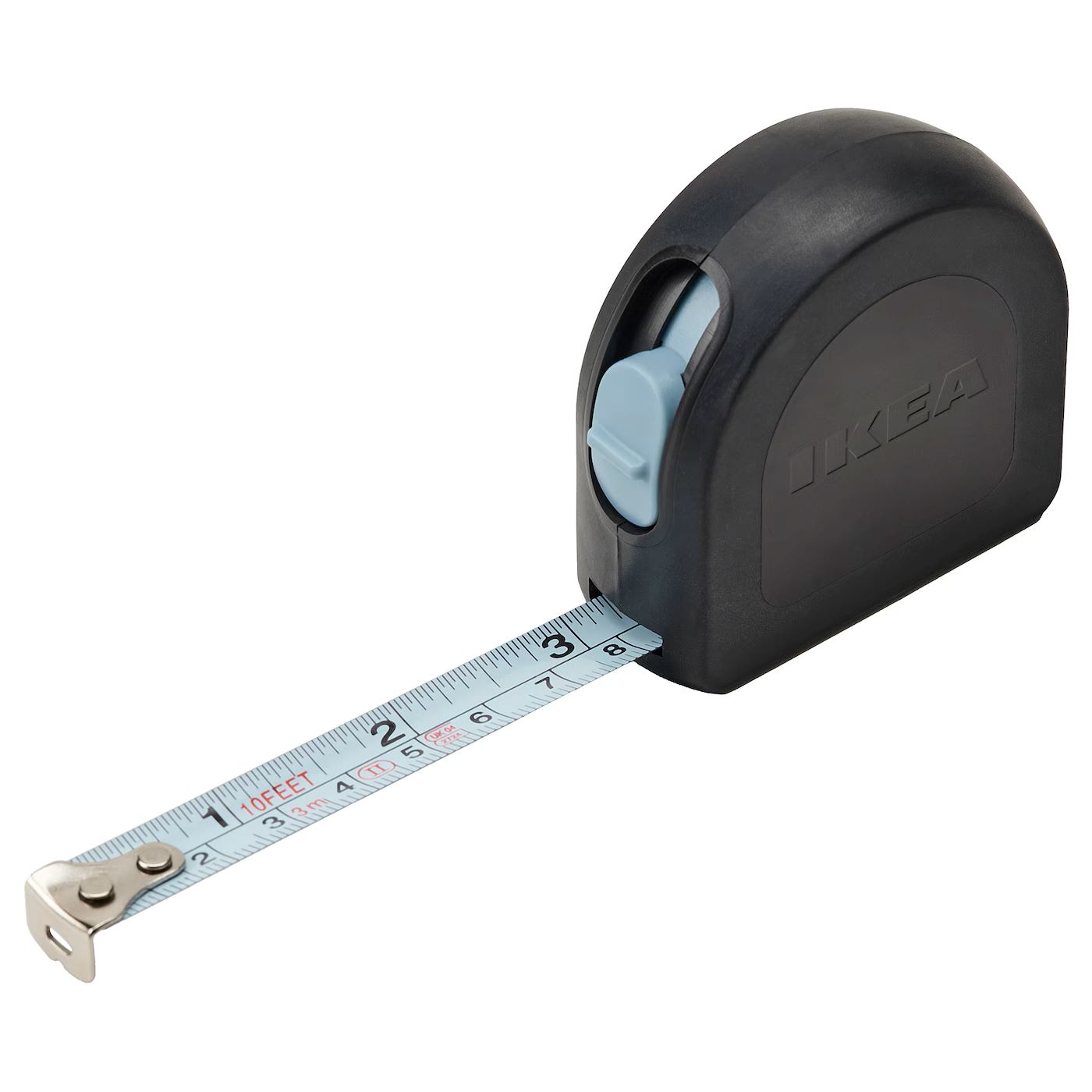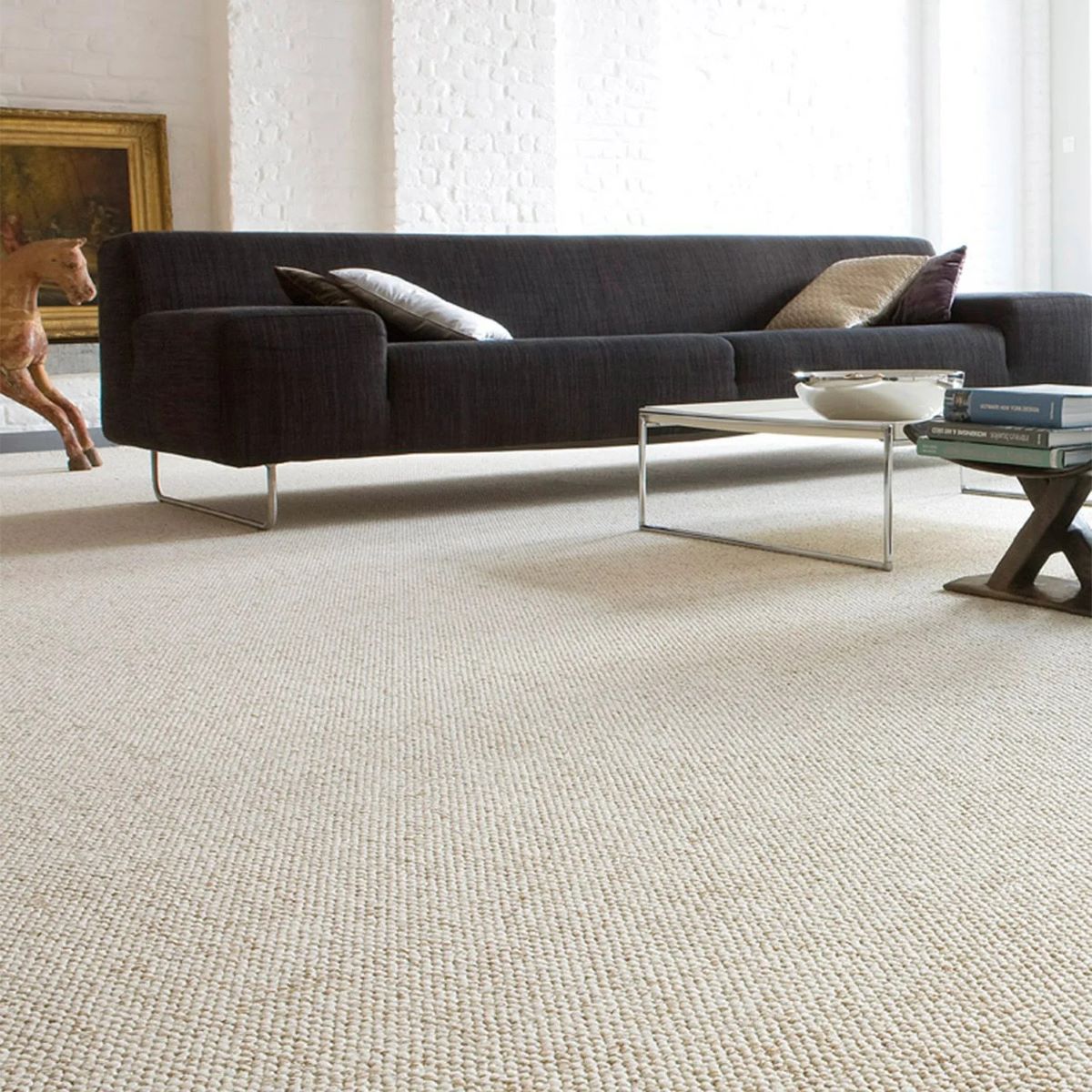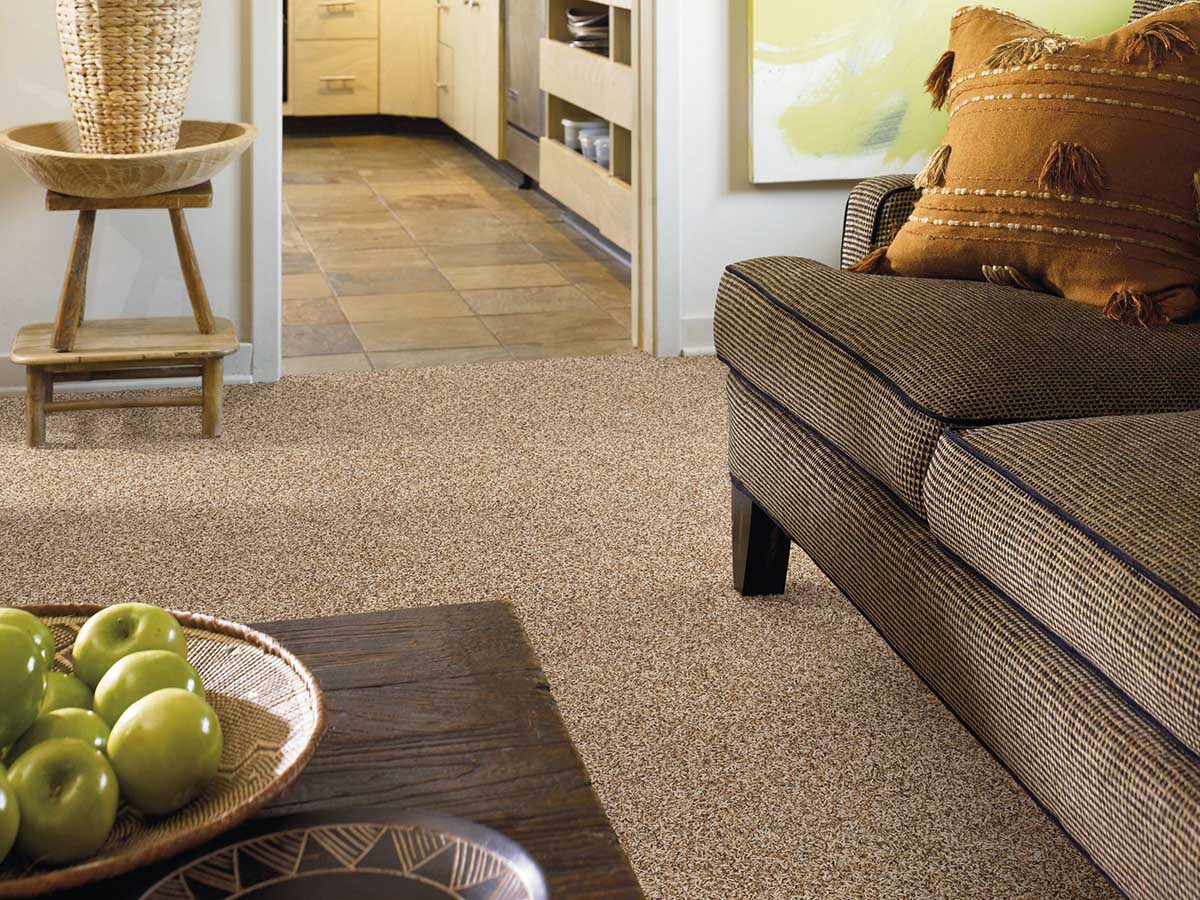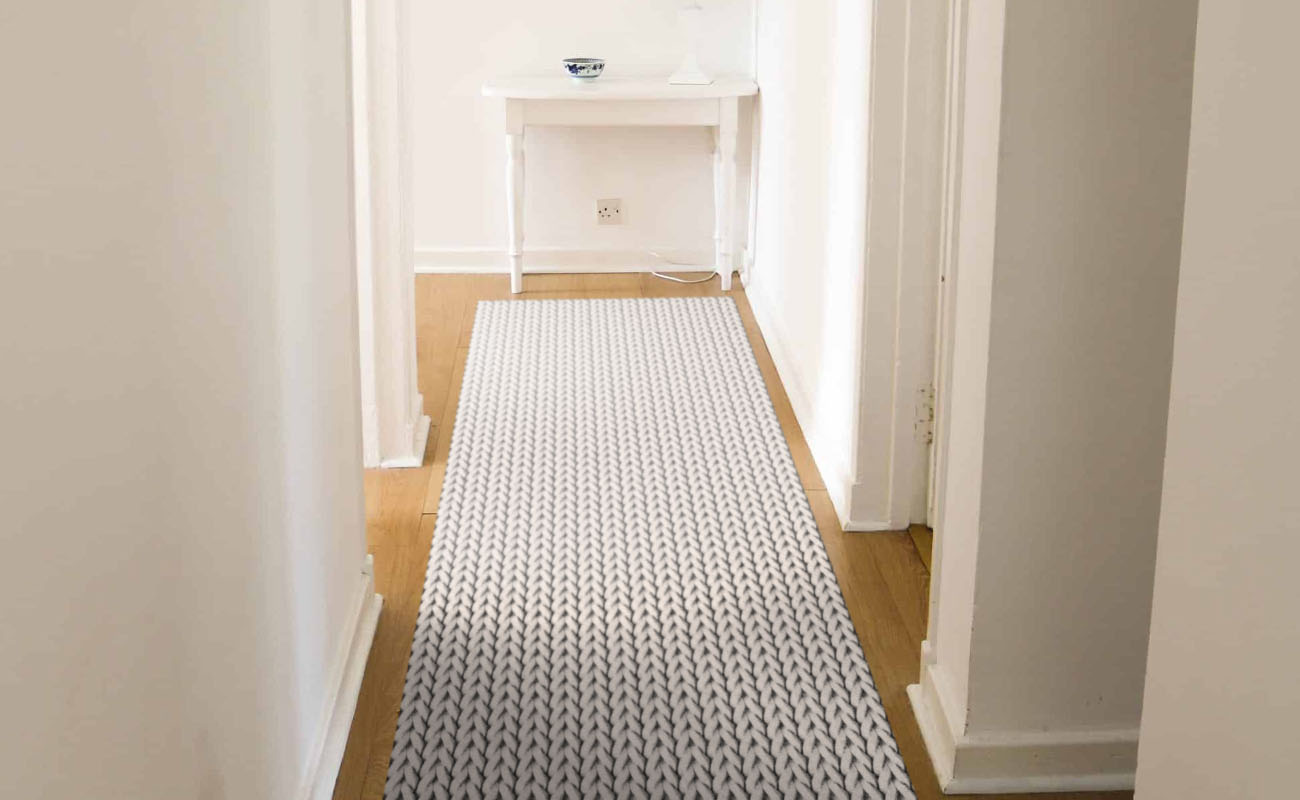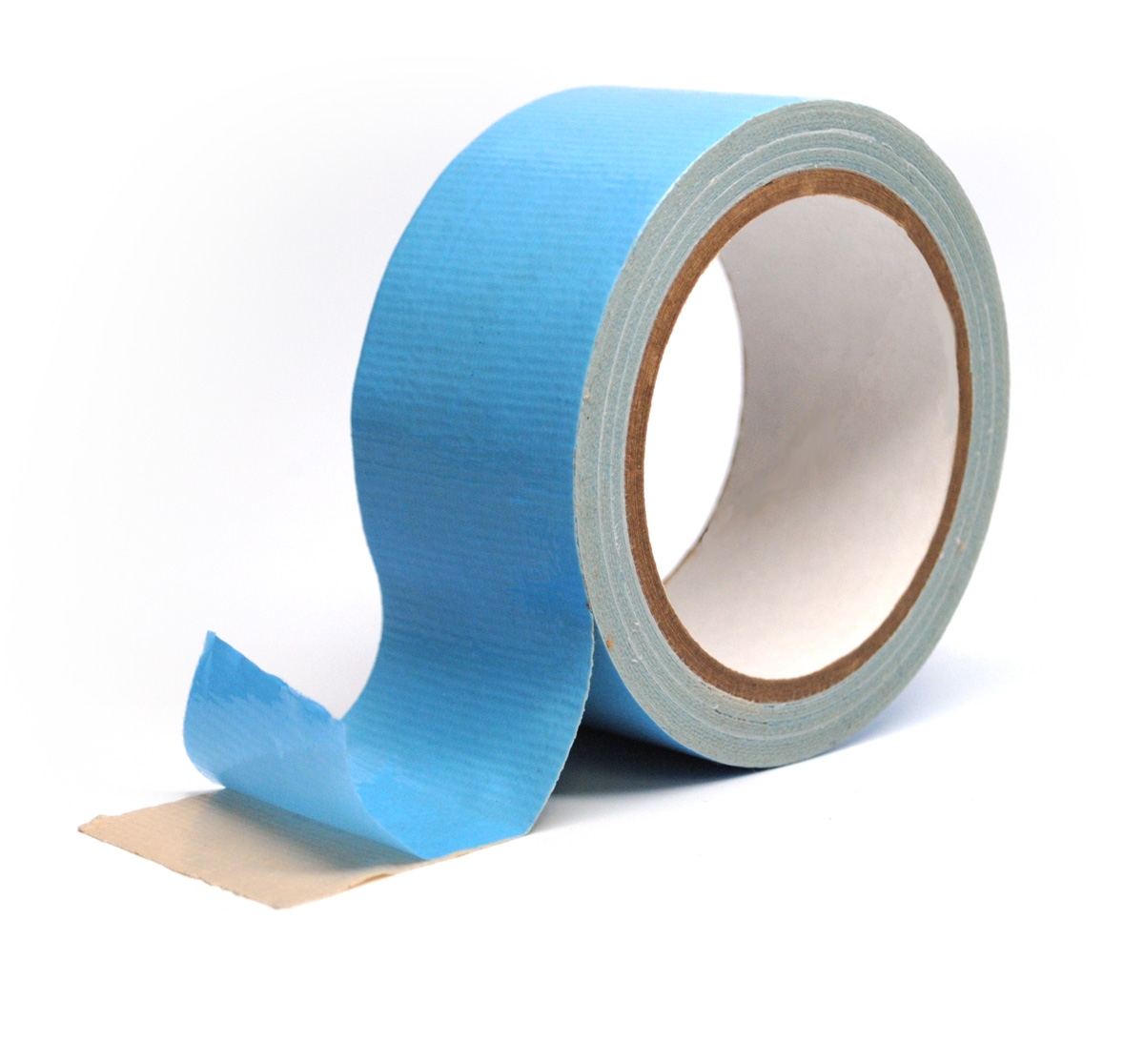

Articles
What Is A Carpet Tape
Modified: September 1, 2024
Discover the benefits of using carpet tape in this comprehensive article. Learn how this adhesive solution can keep your carpets securely in place and prevent slips and trips.
(Many of the links in this article redirect to a specific reviewed product. Your purchase of these products through affiliate links helps to generate commission for Storables.com, at no extra cost. Learn more)
Introduction
Carpet tape is a versatile and essential tool used in various applications that involve securing carpets and rugs to different surfaces. It is a double-sided adhesive tape specifically designed for the purpose of keeping carpets in place, preventing them from slipping or moving around.
Whether you are a homeowner looking to secure a loose rug in your living room or a professional installer working on a large-scale carpeting project, carpet tape is an invaluable accessory that offers both convenience and durability.
In this article, we will explore the definition of carpet tape, its various uses, advantages, different types available, proper application techniques, tips for removal, safety considerations, and common mistakes to avoid. So, if you’ve ever wondered how to keep your carpets in place or are curious about this ingenious product, keep reading to discover everything you need to know about carpet tape.
Key Takeaways:
- Carpet tape is a versatile and essential tool for securing carpets and rugs, offering benefits such as ease of use, a secure hold, and versatility in applications. Proper application techniques and safety precautions are crucial for successful and safe carpet installations.
- When using carpet tape, it’s important to choose the right type for specific applications, follow proper installation and removal techniques, and avoid common mistakes. Understanding the uses, advantages, and precautions of carpet tape ensures a reliable and long-lasting carpet-fastening solution.
Read more: How To Use A Carpet Seam Tape
Definition of Carpet Tape
Carpet tape, also known as carpet adhesive tape or rug tape, is a specialized type of double-sided adhesive tape designed to secure carpets and rugs to various types of surfaces. It consists of two adhesive layers, one on each side of a strong and durable backing material.
The adhesive used in carpet tape is typically a strong acrylic or rubber-based adhesive. This adhesive provides a high level of adhesion to both the carpet and the surface it is being applied to, ensuring that the carpet stays in place securely.
Carpet tape comes in various widths, typically ranging from 1 inch to 2 inches, allowing for flexibility in terms of securing different sizes of carpets and rugs. It is commonly available in rolls or strips, allowing for easy handling and application.
What sets carpet tape apart from regular adhesive tapes is its design and purpose. Unlike other tapes that may leave a sticky residue or damage the carpet fibers when removed, carpet tape is specifically formulated to provide a reliable hold while also being removable without causing any damage or leaving any residues behind.
Due to its versatility and effectiveness, carpet tape is widely used in both residential and commercial settings. Whether it’s for securing a small rug in a living room, installing wall-to-wall carpeting in a commercial building, or even for temporary carpet installations at events or trade shows, carpet tape is an essential tool that ensures carpets stay in place under heavy foot traffic and regular use.
Uses of Carpet Tape
Carpet tape is a versatile adhesive tool that serves various purposes and offers a wide range of applications. Let’s explore some of the common uses of carpet tape:
- Securing carpets and rugs: The primary use of carpet tape is to securely attach carpets and rugs to the floor or other surfaces. It provides a strong bond that prevents carpets from slipping, sliding, or bunching up, ensuring safety and preventing accidents caused by tripping or falling.
- Temporary carpet installations: Carpet tape is also used for temporary carpet installations in events, trade shows, or exhibitions. It allows for quick and easy setup, ensuring that the carpet stays in place even in high-traffic areas.
- Seaming carpets: Carpet tape is used to join or seam pieces of carpet together. When installing wall-to-wall carpeting, carpet tape is applied to the edges of the carpet pieces and securely holds them in place, creating a seamless and uniform appearance.
- Fixing loose carpet edges: Over time, carpets can develop loose or frayed edges. Carpet tape comes in handy for fixing these loose edges, preventing further unraveling and extending the life of the carpet.
- Carpet stair treads: Carpet tape is used to secure carpet stair treads to the steps, providing traction and preventing them from slipping or moving around.
- DIY and crafting projects: Carpet tape is often used in various DIY and crafting projects. It can be used to attach carpet remnants to surfaces or create fabric-based crafts.
These are just a few examples of the many uses of carpet tape. Its versatility and reliability make it an indispensable tool for anyone working with carpets or rugs.
Advantages of Using Carpet Tape
Carpet tape offers several advantages that make it a preferred choice for securing carpets and rugs. Let’s explore some of the key benefits:
- Easy to use: Carpet tape is user-friendly and easy to apply. Its double-sided adhesive nature ensures a quick and hassle-free installation process, saving both time and effort.
- Provides a secure hold: Carpet tape is designed to provide a strong and durable hold, keeping carpets and rugs firmly in place. It prevents movement, shifting, and bunching up, reducing the risk of accidents and ensuring a safe environment.
- Doesn’t damage carpets: Unlike some other adhesive options, carpet tape is specifically formulated to be gentle on carpets. It doesn’t leave behind any residue or sticky marks when removed, preserving the quality and appearance of the carpet.
- Versatile applications: Carpet tape can be used for a variety of applications, from securing small area rugs in residential settings to installing wall-to-wall carpeting in commercial spaces. It is suitable for different types of carpets and surfaces, providing flexibility in use.
- Temporary or permanent use: Carpet tape is available in both permanent and removable options, depending on the specific needs. This allows for temporary installations, such as in events or exhibitions, as well as long-term use in homes or businesses.
- Cost-effective: Carpet tape is an affordable solution compared to other carpet fastening methods. It offers reliable performance without breaking the bank, making it a cost-effective choice for both residential and commercial applications.
- Seamless appearance: When installing wall-to-wall carpeting, carpet tape ensures a seamless appearance by securely joining carpet pieces together. It creates a professional and polished look, enhancing the overall aesthetic appeal of the space.
These advantages highlight why carpet tape is a preferred choice for securing carpets and rugs. Its ease of use, reliability, and versatility make it an essential accessory for anyone in need of a strong and durable carpet-fastening solution.
Types of Carpet Tape
Carpet tape comes in various types, each designed to cater to specific needs and applications. Let’s explore some of the common types of carpet tape:
- Single-Sided Carpet Tape: Single-sided carpet tape, as the name suggests, has adhesive on one side only. This type of tape is typically used for temporary carpet installations or securing small area rugs. It provides a reliable hold while still allowing for easy removal without leaving any residue behind.
- Double-Sided Carpet Tape: Double-sided carpet tape is the most commonly used type. It features adhesive on both sides, ensuring a stronger bond between the carpet and the surface it is being applied to. Double-sided tape is ideal for securing wall-to-wall carpets or larger rugs that require a more secure hold.
- Indoor Carpet Tape: Indoor carpet tape is designed specifically for use in indoor environments. It typically has a lower-profile design to prevent tripping hazards and is suitable for use on various indoor surfaces such as concrete, tile, or hardwood floors.
- Outdoor Carpet Tape: Outdoor carpet tape is specially formulated to withstand outdoor conditions. It is weather-resistant and can withstand exposure to moisture, UV rays, and temperature changes. Outdoor carpet tape is commonly used for installing outdoor carpets or securing mats in outdoor areas, such as porches or patios.
- Heavy-Duty Carpet Tape: Heavy-duty carpet tape is designed for high-traffic areas or when extra strength is required. It has a stronger adhesive and is capable of holding heavy carpets or rugs in place. Heavy-duty tape is commonly used in commercial spaces, offices, or public areas that experience heavy foot traffic.
- Carpet Seam Tape: Carpet seam tape is specifically designed for joining or seaming carpet pieces together. It is usually wider and thicker than regular carpet tape and has a strong adhesive that ensures a durable bond between the carpet seams.
These are just a few examples of the different types of carpet tape available. When choosing the right type for your specific needs, consider the application, environment, and desired hold strength to ensure optimal performance.
Read also: 15 Superior Carpet Tape for 2025
How to Properly Apply Carpet Tape
Properly applying carpet tape is important to ensure a secure hold and prevent any damage to the carpet or the underlying surface. Here are some steps to follow when applying carpet tape:
- Clean and prepare the surface: Before applying the carpet tape, make sure the surface is clean, dry, and free from dust or debris. This will ensure maximum adhesion and effectiveness of the tape.
- Measure and cut the tape: Measure the length of the area where the tape will be applied and cut the carpet tape accordingly. Use scissors or a utility knife to achieve clean and precise cuts.
- Peel off the backing: Carefully peel off the backing of the carpet tape to expose the adhesive side. Avoid touching the adhesive with your fingers to maintain its effectiveness.
- Apply the tape to the surface: Place the exposed adhesive side of the tape onto the surface where you want to secure the carpet. Press down firmly and evenly to ensure good adhesion.
- Smooth out any wrinkles or bubbles: Use a hand roller or your hands to smooth out any wrinkles, bubbles, or uneven areas in the carpet. This will ensure a flat and secure surface.
- Secure the carpet onto the tape: Carefully lay the carpet onto the applied tape, working section by section. Press down firmly on the carpet to ensure proper contact with the tape for a strong hold.
- Apply pressure and allow time for bonding: After securing the carpet onto the tape, apply pressure along the entire length of the tape. You can use a carpet roller or simply walk along the carpet surface to ensure proper bonding. Allow some time for the adhesive to fully bond before subjecting the carpet to heavy traffic.
It is important to carefully follow these steps to achieve the best results and ensure the carpet tape provides a durable and long-lasting hold. Additionally, always refer to the manufacturer’s instructions and recommendations for specific application techniques and tips.
When using carpet tape, make sure to clean the surface thoroughly before applying the tape to ensure a strong and long-lasting bond. Also, consider using a double-sided carpet tape for extra durability.
Tips for Removing Carpet Tape
Removing carpet tape can sometimes be a challenging task, especially if it has been in place for a long time. However, with the right techniques and tools, you can safely and effectively remove carpet tape without causing any damage to the carpet or the underlying surface. Here are some tips to help you with the removal process:
- Start with a gentle approach: Begin by gently pulling up one corner of the carpet tape. Apply steady and even pressure to lift the tape off the surface. Avoid using excessive force as it may cause the tape to tear or leave residue behind.
- Use heat to loosen the adhesive: Heat can help soften the adhesive and make the removal process easier. You can use a hairdryer or a heat gun to lightly heat the tape. Hold the heat source a few inches above the tape and move it back and forth to evenly distribute the heat.
- Peel off the tape gradually: Once the adhesive has been heated, begin peeling off the tape slowly and carefully. Pull the tape back on itself at a 45-degree angle, ensuring a gradual and controlled removal. Avoid pulling too quickly or forcefully, as this can damage the carpet fibers or the surface beneath.
- Use adhesive removers: If the adhesive residue remains after removing the tape, you can use adhesive removers specifically designed for this purpose. Apply a small amount of adhesive remover to a clean cloth or sponge and gently rub the residue until it dissolves. Always test the adhesive remover on a small, inconspicuous area of the carpet to ensure it doesn’t cause any discoloration or damage.
- Clean the area afterwards: After removing the tape and adhesive residue, clean the area with a mild detergent and warm water to remove any remaining traces of adhesive or residue. Rinse the area thoroughly and allow it to dry completely before reapplying any carpet tape or making any repairs.
- Consult a professional if needed: If you’re having difficulty removing the carpet tape or if it has been in place for a long time, it may be best to consult a professional carpet cleaner or installer. They have the experience and tools to safely and effectively remove stubborn tape and adhesive residue without causing any damage.
By following these tips, you can successfully remove carpet tape and restore your carpet and the underlying surface to their original condition.
Precautions and Safety Considerations
When working with carpet tape, it is important to take certain precautions and follow safety guidelines to ensure a safe and successful installation or removal process. Here are some key precautions and safety considerations to keep in mind:
- Read and follow manufacturer’s instructions: Always read and carefully follow the instructions provided by the manufacturer of the carpet tape. They will provide specific guidelines regarding application, surface compatibility, and safety precautions.
- Use in well-ventilated areas: Whether you are applying or removing carpet tape, make sure to work in a well-ventilated area. Open windows or use fans to promote air circulation, especially if you are using adhesive removers or heating tools that may release fumes.
- Avoid direct contact with adhesive: When handling carpet tape, avoid direct contact with the adhesive side of the tape. The oils from your skin can reduce the effectiveness of the adhesive. If contact does occur, clean the adhesive with a mild solvent recommended by the manufacturer.
- Use appropriate tools: Use appropriate tools, such as scissors or a utility knife, to cut the carpet tape to the desired length. Make sure to handle these tools with care and keep them away from children or pets to prevent accidents.
- Protective gear: When working with adhesive removers or heating tools, consider using protective gloves to protect your hands from the chemicals or heat. Safety goggles or glasses may also be useful to protect your eyes in case of accidental splashes.
- Test in inconspicuous areas: Before applying carpet tape or using adhesive removers, test them in an inconspicuous area of the carpet to ensure they do not cause any discoloration, damage, or adverse reactions. Wait for the test area to dry and inspect it for any negative effects.
- Proper waste disposal: Dispose of any used tape, adhesive backing, or cleaning materials in accordance with local regulations. Follow the guidelines for proper waste disposal to minimize environmental impact.
- Seek professional help if needed: If you are unsure about any aspect of the installation or removal process, or if you encounter any challenges, it is always best to seek professional help. Professional installers or carpet cleaners have the expertise and tools to ensure a safe and successful outcome.
By following these precautions and safety considerations, you can minimize risks and ensure a safe and successful experience when working with carpet tape.
Common Mistakes to Avoid when Using Carpet Tape
Using carpet tape can be a convenient and effective way to secure your carpets and rugs, but it’s important to avoid common mistakes that can lead to ineffective results or potential issues. Here are some common mistakes to avoid when using carpet tape:
- Not cleaning the surface: Failing to properly clean the surface before applying the carpet tape can prevent proper adhesion. Make sure to thoroughly clean and dry the surface to remove dust, dirt, or any other debris for optimal adhesion.
- Using the wrong type of tape: Using the wrong type of carpet tape for your specific application can lead to subpar results. Make sure to choose the appropriate tape based on the surface, environment, and intended use.
- Using too much tape: Overusing carpet tape can lead to unnecessary waste and make it difficult to remove or reposition the carpet. It’s important to use the recommended amount of tape for your specific application to ensure a secure hold without excess adhesive residue.
- Not applying enough pressure: Properly applying pressure after installing the carpet tape is crucial for a secure bond. Use a carpet roller or your hands to apply even pressure along the entire length of the tape to ensure maximum adhesion.
- Applying tape too close to the edge: Placing the carpet tape too close to the edge of the carpet can cause it to peel off or become damaged. Leave a small margin between the edge of the carpet and the tape to prevent any issues with the carpet’s stability.
- Ignoring the manufacturer’s instructions: Each brand of carpet tape may have specific instructions for proper application and removal. Ignoring these instructions can lead to ineffective results or potential damage to the carpet or the underlying surface. Always read and follow the manufacturer’s recommendations.
- Not testing adhesive removers: If you need to use adhesive removers to remove any residue, it’s important to test them first in an inconspicuous area of the carpet. This will help ensure that they don’t cause any discoloration or damage to the carpet fibers.
- Not considering the carpet type: Different types of carpets may have different requirements when it comes to adhesive compatibility. Consider the type and material of your carpet before choosing a carpet tape to ensure compatibility and prevent any damage or discoloration.
By avoiding these common mistakes, you can ensure a successful and effective use of carpet tape, providing a secure and durable hold for your carpets and rugs.
Read more: How To Remove A Double-Sided Carpet Tape
Frequently Asked Questions about Carpet Tape
Here are some commonly asked questions about carpet tape:
- 1. Is carpet tape suitable for all types of carpets?
- 2. Can carpet tape be used on all surfaces?
- 3. Can carpet tape be used outdoors?
- 4. How easy is it to remove carpet tape?
- 5. Can carpet tape be reused?
- 6. Can carpet tape damage the carpet?
Carpet tape is generally suitable for most types of carpets, including low and high pile carpets, as well as rugs. However, it’s important to consider the specific type of carpet and its compatibility with adhesive products. Some delicate or sensitive carpet materials may require alternative carpet fastening methods.
Carpet tape is designed to adhere to a variety of surfaces, including hardwood floors, concrete, tile, and laminate. However, it’s important to consider the specific surface and any potential damage that the adhesive may cause. It is always recommended to test a small area first to ensure compatibility and to protect the underlying surface.
Yes, there are specific types of carpet tape designed for outdoor use. Outdoor carpet tape is weather-resistant and able to withstand exposure to moisture and UV rays. It is suitable for securing outdoor carpets or mats in areas like patios or porches.
Carpet tape is specifically designed to be removable without leaving any residue or causing damage to the carpet or the underlying surface. However, the ease of removal may depend on factors such as the duration of tape application and the specific surface. Applying heat to the tape or using adhesive removers can help facilitate easier tape removal.
Carpet tape is not typically designed for reuse. Once it has been applied and removed, the adhesive strength may diminish, making it less effective if re-used. It is recommended to use fresh carpet tape for each application to ensure a secure and reliable hold.
If used and removed properly, carpet tape should not cause any damage to the carpet. However, improper or prolonged use, especially on delicate or sensitive carpet materials, may potentially result in fiber damage or discoloration. It’s important to follow the manufacturer’s guidelines and consider the specific carpet type when using carpet tape.
If you have any additional questions or concerns about carpet tape, it’s always best to consult with the manufacturer or seek professional advice to ensure proper usage and avoid any potential issues.
Conclusion
Carpet tape is a versatile and essential tool for securing carpets and rugs in both residential and commercial settings. It offers numerous benefits, including ease of use, a secure hold, and versatility in applications. By properly applying carpet tape, you can prevent slipping, tripping hazards, and ensure a long-lasting, attractive carpet installation.
When using carpet tape, it is important to follow proper installation techniques, choose the right type of tape for your specific application, and take necessary precautions for safety. Cleaning the surface, applying even pressure, and allowing proper bonding time are crucial for a successful installation. Additionally, avoiding common mistakes, such as using the wrong type of tape or applying too much adhesive, will lead to more effective and efficient results.
When it comes time to remove carpet tape, taking care in the removal process is essential to prevent any damage to the carpet or the underlying surface. Using heat to soften the adhesive, peeling the tape gradually, and using adhesive removers when necessary can help facilitate a smooth and residue-free removal.
Whether you are a homeowner looking to secure a loose rug or a professional installer working on a large-scale carpeting project, understanding the proper use of carpet tape is crucial. By following the guidelines provided in this article and consulting with manufacturers or professionals when needed, you can ensure a successful and safe experience with carpet tape.
Remember to always read and follow the manufacturer’s instructions for the specific carpet tape you are using and consider the type of carpet and surface you are working with. By doing so, you can achieve reliable, long-lasting carpet installations and enjoy the comfort and aesthetics that a properly secured carpet provides.
Frequently Asked Questions about What Is A Carpet Tape
Was this page helpful?
At Storables.com, we guarantee accurate and reliable information. Our content, validated by Expert Board Contributors, is crafted following stringent Editorial Policies. We're committed to providing you with well-researched, expert-backed insights for all your informational needs.
